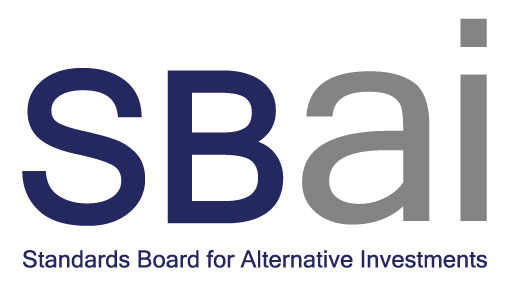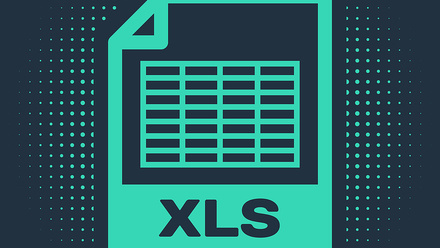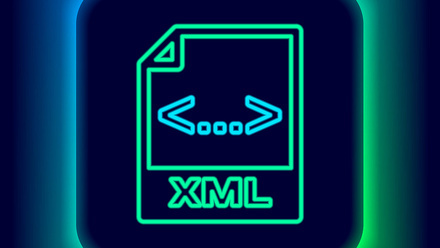Open Protocol: Latest Amendments to Reporting Stress Test Results
The amended SEC Rule 206(4)-1 (“Marketing Rule”), under the Investment Advisers Act of 1940, prohibits presentation of gross performance in an advertisement unless the advertisement also presents net performance (see Final Rule 206(5)-1(d)(1)). According to the Marketing Rule, this also includes hypothetical or model performance (see Final Rule 206(4)-1(d)6(iii)).
The rule impacts the reporting of data in OP, which is a risk reporting template that standardises the collection and reporting of fund risk data for institutional investors. Funds accounting for over US$1.5tn in assets currently produce OP reports.
While the OP template currently complies with the above in relation to reporting of performance in Section 1.6 Performance (Tab 1: Fund and Investor Details), when performance figures are requested both on a gross and net basis with equal prominence, Section 10 on Portfolio Stress Testing does not clarify whether stress test results should be stated in gross or net terms.
As a technical matter, stress tests are a type of hypothetical performance, and could be construed as an “advertisement” under the Marketing Rule. As such, one would need to show “performance” net of fees. Given the complexity of incorporating fee structures, specifically the assumptions and path dependencies of performance fees/high watermarks, which differ between investors, convention has been to report stress scenarios in gross terms.
While results are easier to interpret when provided on a gross basis – given the context of standardised risk/stress test reporting – to be prudent in preventing violations of the Marketing Rule, the following amendments to the net return methodology in Section 10 (Stress Tests) of the OP Manual will be introduced:
- Portfolio return should be calculated net of model fees, which should include management fees, performance fees, and other expenses. The fees should be the highest possible fee either (a) an existing investor or (b) a prospective investor, could pay, using high watermarks for the reporting month in question. Where firms report gross results, a note should be included in the “Comments” section (10.4) that gross results have been used.
- The period of calculation of model fees should depend on the stress test in question, e.g., for 10.1 Scenarios, use a period of 1 day, while for 10.2 Historical Stress, the period should be the historical period in question).
* The guidance above does not constitute legal advice and should not be treated as a substitute for taking independent professional legal advice – firms are encouraged to take their own legal advice as to whether they believe their OP reporting falls under the Marketing Rule.
Open Protocol Resources





